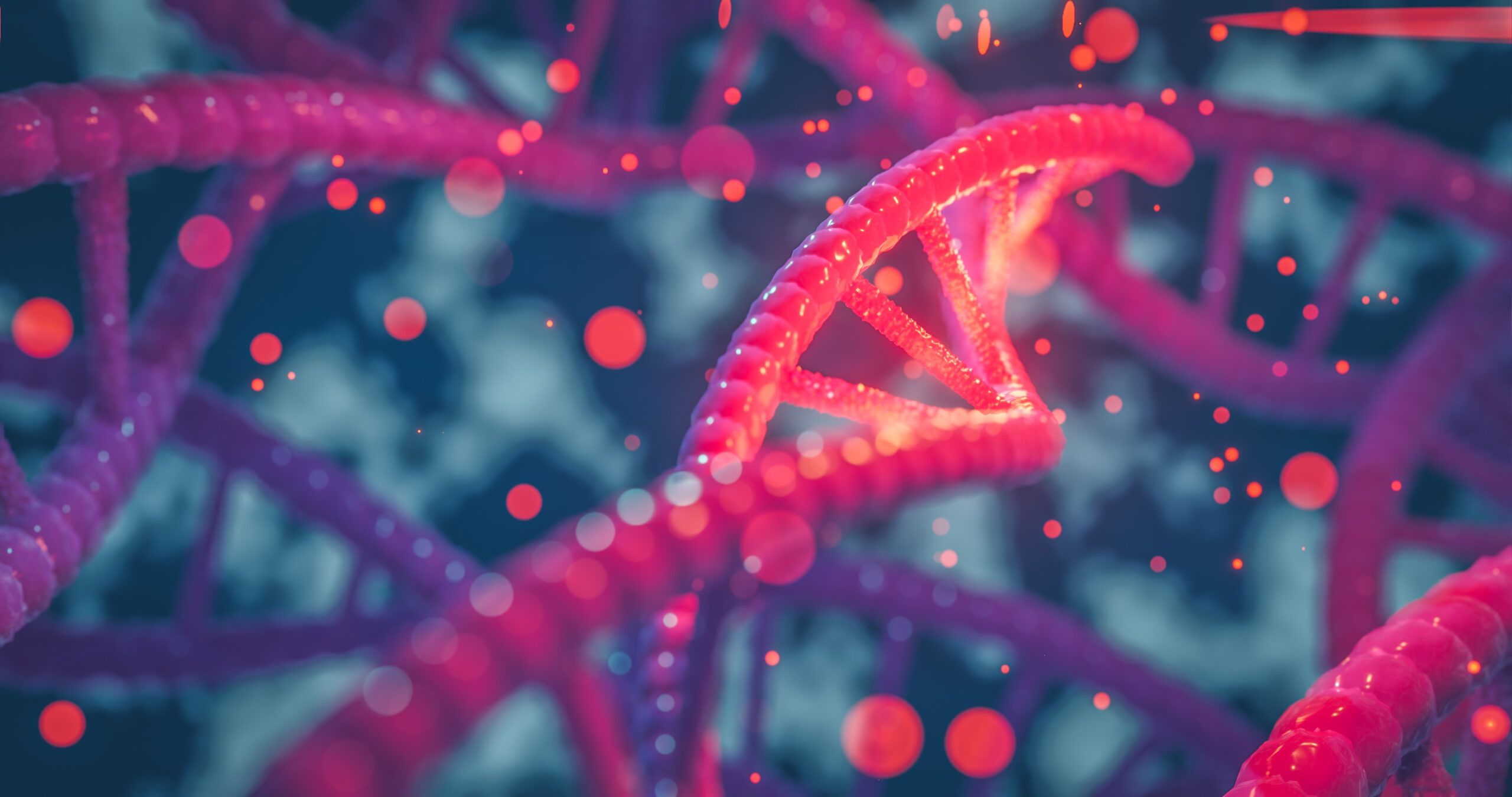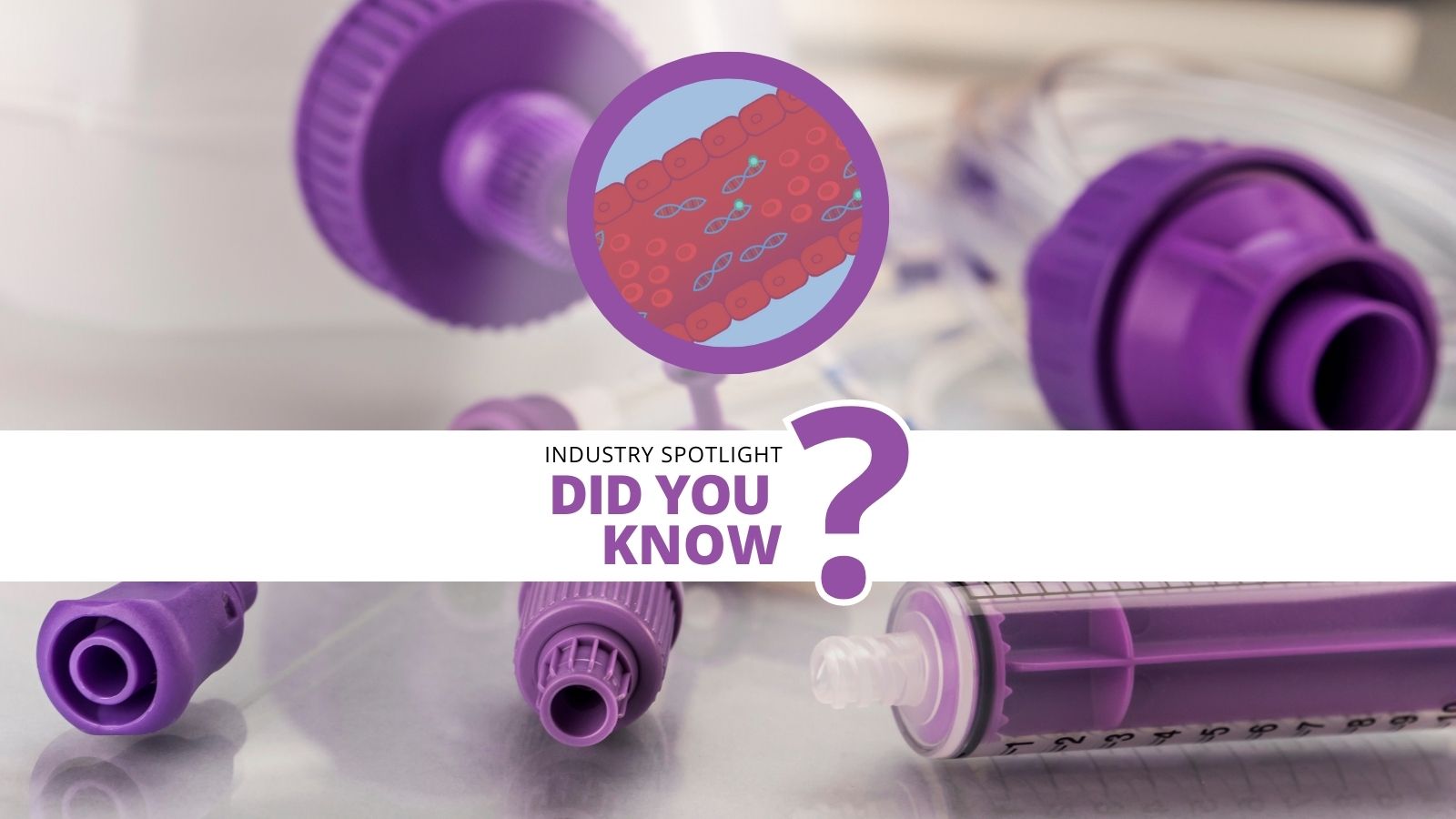Using ddPCR to Assess Gene Editing Therapies

Senior Research Associate at University College London, Dr Giandomenico Turchiano, gave an outstanding presentation at our 7th annual Genome Editing Congress. His presentation covered the problem of genotoxicity when conducting gene therapy and gene editing. He took us through how his research has led to a fast and straightforward method of assessing the safety of gene editing using digital droplet PCR, which gives an unbiased assessment of gene-editing therapies.
The Problem of Genotoxicity in Gene Editing
Although gene editing has immense therapeutic potential, scientists need to be careful when translating this technology to the clinic. The main concern of gene therapy in this sense is genotoxicity. Dr Turchiano says that we need to revaluate what we mean by genotoxicity when we talk about gene therapy. He defines genotoxicity as “the property of an agent able to alter the genetic function within a cell causing unwanted mutations which may lead to functional impairment” the primary unwanted mutation is the one leading to cancer. Still, therapy impairment and differentiation impairment also come under this remit.
A source of concern for producing genotoxicity is off-target genetic modification, when a DNA edit effectively misses the goal, causing mutations to an unintended site. For example, translocation may occur between the targeted and off-target genes. Here the promoter sequence can be unintentionally linked to the off-target gene, potentially activating oncogenes that lead to cancer. Therefore, gene therapy needs to deliver a safe modification to the DNA.
Just a few years ago, Dr Turchiano explained that when scientists were only looking at small indels, scientists thought these kinds of mutations were infrequent. Unfortunately, after some studies, they learned that this was not the case. They later discovered translocations had relative propensity in up to (and sometimes over) 2% of cases, a worrying potential for a therapy with so much promise.
Techniques to Evaluate Off-Target Mutations
So, we need to be sure that the gene-editing techniques we employ are hitting their targets before they are considered for clinical applications. Dr Turchiano lists a handful of ways to do this. In-silico (computer-based), in-vitro, and in-cellula methods are available. Still, Dr Turchiano admits that those current techniques require expertise, time, and money while providing an incomplete picture of the mutations that occur. That’s why Dr Turchiano devised a strategy for assessing off-target mutations using droplet digital PCR. A feasible technology in practically every laboratory with a ddPCR device.
"Dr Turchiano is more ambitious; he has set his sights on capturing a far more extensive amount of information"
There is already a published technique for using ddPCR to determine the number of small indels, explains Dr Turchiano. By placing a probe at the cleavage site and another a little further away, wild-type sequences will present double-positive droplets and indel mutations as single positive droplets. The problem with this technique is that it stops there, leaving much information to be desired, “so we are still far from determining what is happening in our population.”
But Dr Turchiano is more ambitious; he has set his sights on capturing a far more exhaustive amount of information: the number of wild-type alleles after mutation, the number of alleles that had the donor integrated, the small indels left, the large deletions, the gross aberrations that may have been caused, the loss of heterozygosis, and the amount of episomal DNA left in the cells.
Seeing the Bigger Picture with ddPCR
So how did Dr Turchiano unlock the potential of ddPCR to provide all this information? Let’s look at it step-by-step:
Amount of target integration and episomal DNA
We have already heard that wild-type alleles and indel mutations can be effectively measured with ddPCR, but what about the target integration and episomal DNA? Target integration can be determined by using a variation of the previous technique. By designing two primer pairs, one outside the homology arm and one inside the donor cassette, double-positive droplets indicate the integrated target. In contrast, single positive droplets will show unintegrated donor DNA (either episomal or randomly integrated), providing the information for episomal and targeted integration cases.
Large deletions and chromosomal aberrations
The large deletions and chromosomal aberrations have still yet to be determined with this technique. By designing two primers, 20 bases on either side of the cleavage site intact alleles will present double-positive droplets. In contrast, open ends, large deletions and translocations will show single positive droplets. This gives scientists the information to estimate the number of large deletions and chromosomal aberrations by comparing them to a reference control.
Loss of heterozygosis
That just leaves the loss of heterozygosis to be gathered by this strategy, which Dr Turchiano explains is a fairly simple technique. By placing two primers far on either side of the cleavage site, counting the single positive droplets will indicate the loss of heterozygosis.
ddPCR Assessment Strategy in Action
Now that a complete overview is obtained putting this strategy to use in a real-world example is all that is left. Dr Turchiano explained that he and his team nucleofected T-cells using high fidelity Cas 9 targeting the therapeutic genes WAS, IL7R, BTK, and CCR5. The target genes were then transduced using an AAV donor expressing GFP at an MOI of 25k. The assay results showed that up to 95% of small indels were achieved in all genes except CCR5. A separate assay after two weeks showed the number of positive cells obtained, which ranged from 9 to 30% positive in WAS, IL7R, and BTK.
Zooming in on the WAS gene, Dr Turchiano broke down the data for the ddPCR method. Dr Turchiano presented a valuable rundown that assessed the outcomes of the gene-editing process. This showed that unbiased characterisation of mutations in a clinical model is possible, but it is also achievable for nearly all labs. With Dr Turchiano’s method, many exciting features can be quantified by scientists all at once.
Dr Turchiano noted that a better understanding of the cleavage dynamics and the creation of mutations is yet to be improved. Furthermore, the mathematical models could be improved to reduce the background. However, Dr Turchiano’s research unlocks the potential for many exciting breakthroughs in the optimisation of gene editing.
By joining us at Oxford Global’s NextGen Omics conference, maybe you’ll be one of the first to see these breakthroughs as they happen? Or you could sign up for our monthly newsletter to stay up to date with the regular content published here, discussing all things omics.







